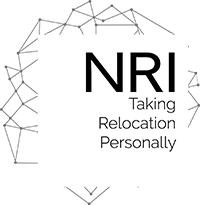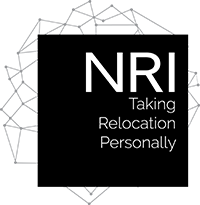I’ve been lucky to meet so many remarkable people in my life who inspire me both personally and professionally. And while the leaders I admire (and have been inspired by) each have their own unique style, talent, and viewpoint, I find they are similar in some of the same ways.
One of the things that I’ve found to be unilaterally true about great leaders is this: great leaders are great listeners. Leaders that listen strategically, proactively, and with focus are more capable of adapting with strategies and plans that successfully address organizational, departmental, or team challenges.
I’ve also learned from inspirational leaders that effective leadership is less about the needs of the leader, and more about the needs of the people and the organization they serve. And that’s a lesson I have been able to apply in my own life and as a CEO.
Because this is one of the greatest challenges of leadership; to be able to adapt to unique challenges facing their organization, the demands of a specific situation, and the particular requirements of the people involved. And in today’s workplace, a mix of generations means a mix in how employees approach their work, and how they are best motivated and engaged.
A Leader’s First Job is to Get Results
In 2000, research by the consulting firm Hay/McBer found there are six main leadership styles ‘each springing from different components of emotional intelligence.’
The six styles are:
- Coercive – demanding immediate compliance.
- Authoritative – motivating people towards a vision.
- Affiliative – creating emotional bonds and harmony.
- Democratic – building consensus through participation.
- Pacesetting – demanding excellence and self-direction.
- Coaching – developing people for the future.
Although most people tend to tip naturally towards one style or another, the most effective leaders are those who can flexibly adopt any of the different styles, depending on which best suits the needs of the moment.
Leadership styles impact directly on the ‘climate’ of an organization and on levels of employee satisfaction, loyalty, and engagement, especially with today’s multi-generational workforce:
- Flexibility– how free people are to innovate.
- Responsibility– the sense of responsibility and loyalty people have to the organization.
- Standards– the standards that people set.
- Rewards– the accuracy of performance feedback.
- Clarity– how clear people are about mission and values.
- Commitment– how committed people are to a common purpose.
Of the six styles, four of them are based on influencing employee behavior and sentiment using positive stimuli, and two are used to influence using negative stimuli. The latter two (Coercive and Pacesetting) can actually be harmful to the organization’s long-term well-being. However, there are times, usually during a time of crisis or major change, when these two leadership styles are most effective in the short-term.
The multi-generational workplace especially presents challenges that, if managed effectively, can be viewed as a significant opportunity for growth. As leaders, we can enjoy tremendous personal and professional rewards if we develop a proficiency in different leadership styles.
Great leaders don’t have to be larger-than-life, but they do need to know how to build bridges, harness opportunities for growth, and foster collaboration. A leader that is proficient in any one leadership style may be successful, but a leader that can move easily through any style of leadership can take a company from mediocrity to excellence.


